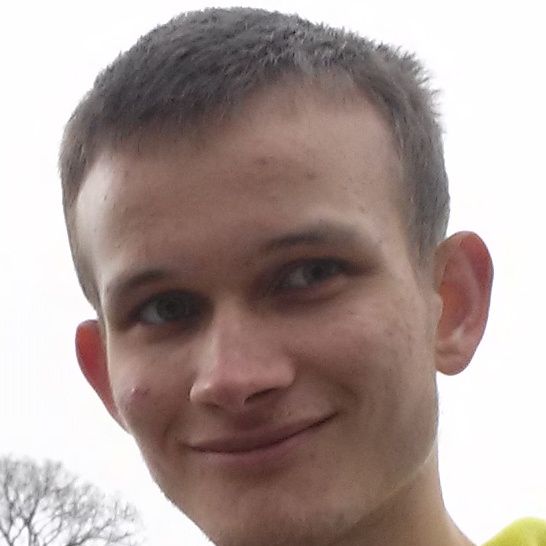Vitalik Buterin, the creator of the Ethereum Network, recently proposed a new method for decentralized fundraising called the “DAICO”. Incorporating elements of Decentralized Autonomous Organizations, or DAOs, the new model is designed to minimize the complexity and risk associated with ICOs.
Buterin outlined the new model in a post on the Ethereum Research Forum entitled “Explanation of DAICOs”. In the exposition, the Russian-Canadian programmer outlines a new model that integrates characteristics of DAOs into ICOs to create a new model he refers to as the “DAICO”.
The post includes a diagram that breaks down the benefits of bringing DAO elements into an ICO, including the ability to leverage crowd wisdom, the distrust of centralized teams, and the ability to spread funding over time. The DAICO model also incorporates the single-project approach of the ICO model along with a lack of a 51% attack risk.

Improving the ICO Model
Buterin’s proposed model could greatly improve the traditional structure of an ICO and eliminate the risk of resources being used in an inappropriate manner by ICO creators for personal gain. The “DAO” in “DAOICO” refers to a Decentralized Autonomous Organization that is governed by a smart contract.
By leveraging the beneficial aspects of the DAO model, Buterin argues that the cost of using Ethereum could be greatly reduced while at the same time placing a stronger emphasis on developer results:
A DAICO contract is published by a single development team that wishes to raise funds for a project. The DAICO contract starts off in ‘contribution mode,’ specifying a mechanism by which anyone can contribute ETH to the contract, and get tokens in exchange. This could be a capped sale, an uncapped sale, a Dutch auction, an interactive coin offering, a KYC’d sale with dynamic per-person caps, or whatever other mechanism the team chooses. Once the contribution period ends, the ability to contribute ETH stops and the initial token balances are set; from there on the tokens can become tradeable.
Game-theoretic Security Approach
In his post, Buterin admits that votes of any kind are susceptible to manipulation to some degree, but argues that merging the structures of ICOs and DAOs could dramatically reduce the threat of manipulation.
Should a 51% attack increase the tap of a DAOICO, the developers behind the project would be able to simply lower the tap again. Referencing developers who are “spending funds on lambos instead of real work,” Buterin states that investors would be able to collectively refuse to raise the tap – or even collectively “vote to self-destruct”.
Buterin’s new model follows recent Twitter posts in which the Ethereum creator vented his frustration with the current state of the cryptocurrency ecosystem, stating that he “WILL leave” if immaturity and mania continue to plague the Ethereum community.
In addition to publishing the new DAICO model, Buterin also announced subsidies of between US$50,000 and US$1 million to reward any work that contributes to solving the ongoing scalability issue present in the cryptocurrency environment.

